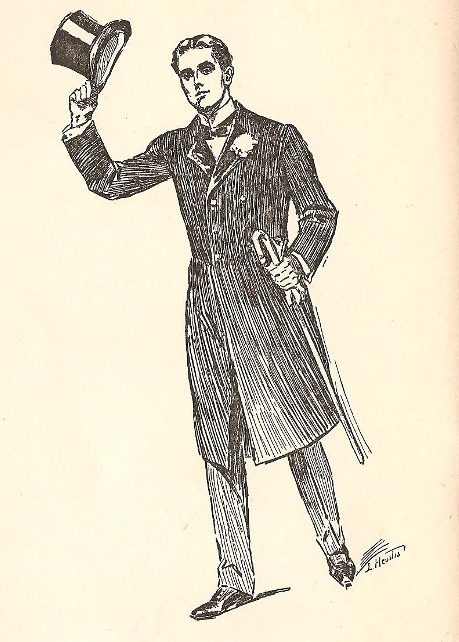
Call this the early 20th century version of Tinder. “Chap records” were basically dating journals for Victorian-era bachelorettes—ways of sizing up potential mates.
A chap record was a blank notebook where women could keep notes on men they dated, similar to the way Yelp reviewers rate local businesses. Each page had Name, Date, Place, and Opinion slots to fill out, as well as a separate section for the lady’s Twelve Most Notable Chaps (see? Listicles were cool way before clickbait existed).

In addition to their often hilariously blunt commentary on that era’s bachelors (Carol Pardee, daughter of the mayor of Oakland, California, described her dates as “FOOL,” “dandy,” “tiresome,” and “mutt”), chap records mark the transition from courtship to the era of modern dating.
Other bachelorettes were more forgiving; this lady described one of her chaps as “cynical, but has a lot of good traits.”

Sometimes, though, there was just no saving a bad date. Whoever this guy was, “Tat can have him.”

As mentioned previously, chap records represent a sea change in how single men and women interacted. Back in the day, courtship meant two people were nagged into spending time together by their families in the hopes that they’d eventually marry. It was a heavily supervised, formal, and undoubtedly awkward process for all parties involved.

Dating, which implies spending time with multiple people until a connection is made, didn’t become a thing until the late-1890s, and younger generations clearly preferred it to being snooped on by their families. Chap records were published around that same time by the Frederick A. Stokes Company, no doubt capitalizing on what they thought was just a trend.
Several museums around the country have chap records on display, including the Pardee House in California, the Natick Historical Society in Massachusetts, the Texarkana Museum in Texas, and the Harvey County Historical Museum and Archive in Kansas.
This article appeared in an InsideHook newsletter. Sign up for free to get more on travel, wellness, style, drinking, and culture.
























